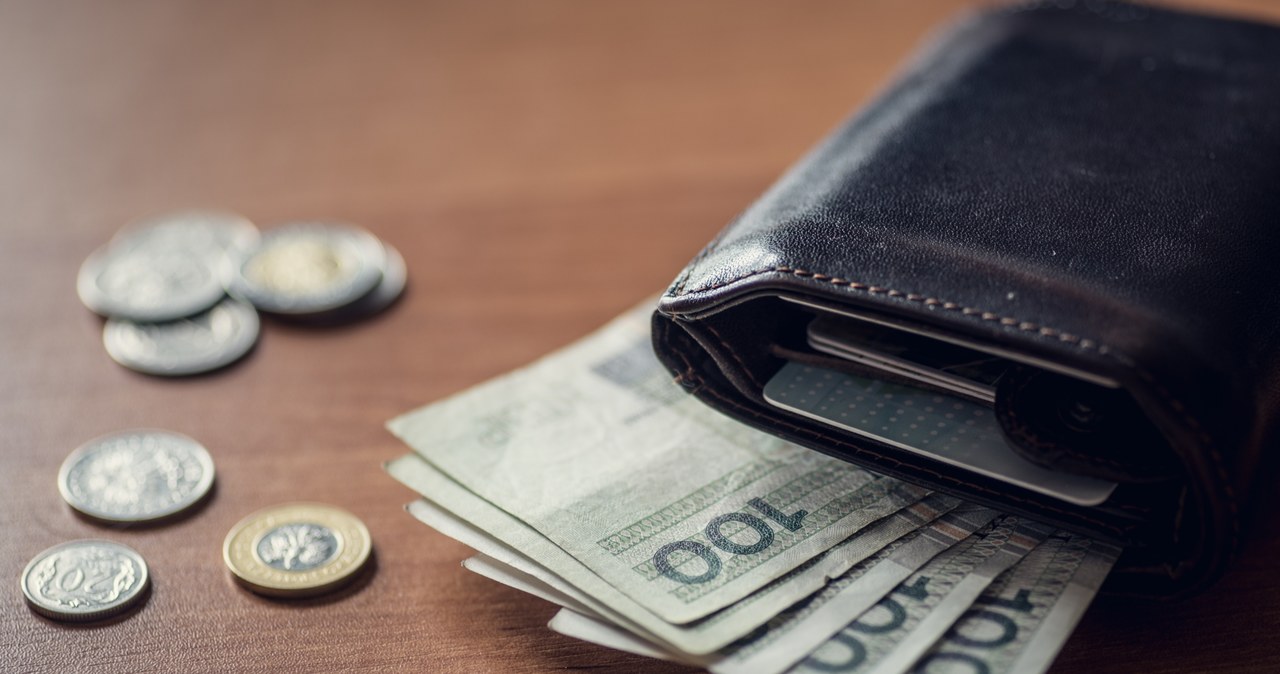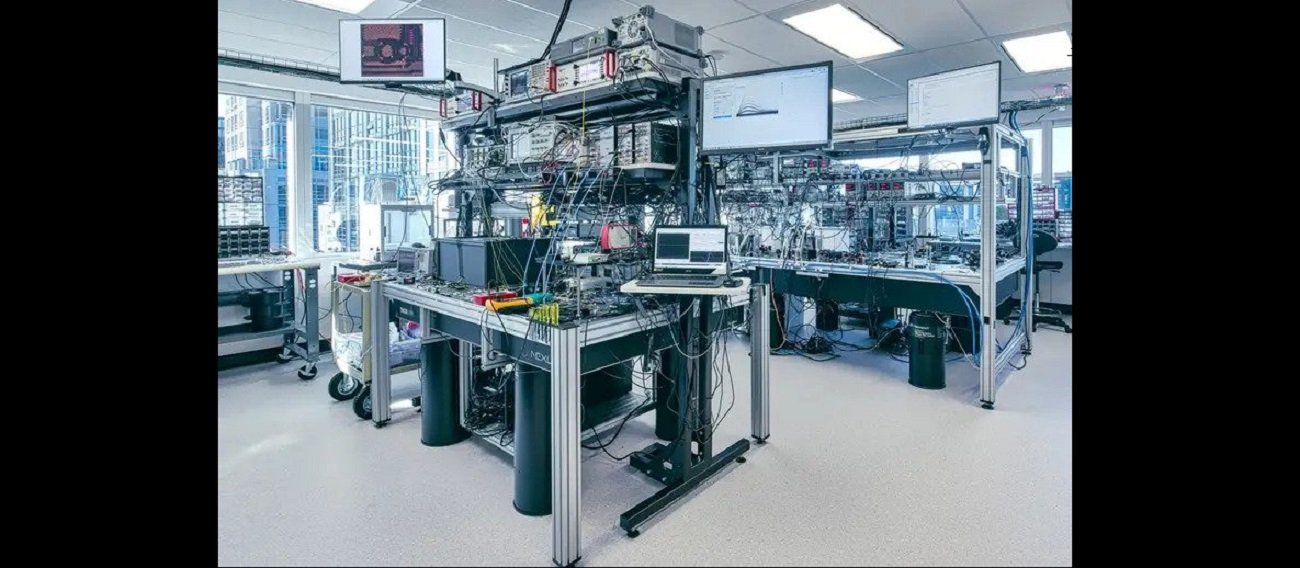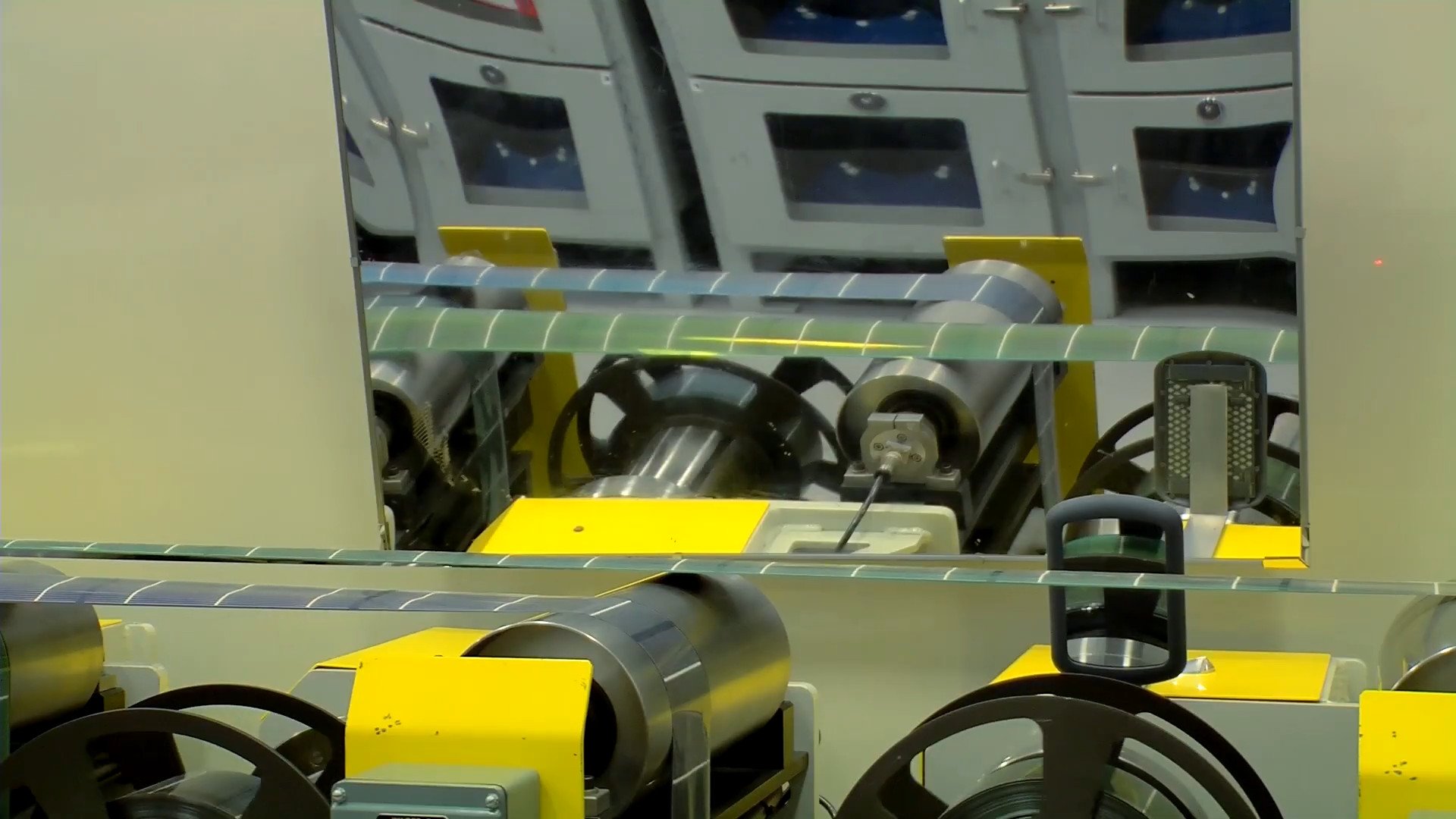Behind the scenes of the latest research conducted by representatives of South Korea's Pohang University of Science and Technology was showcased at the conference. Advanced science. While the best electric cars currently available on the market are capable of traveling a distance of about 700 km on a single charge, engineers are aiming to reach the 1,000 km threshold. To make it clear, just add that with this range it will be possible to travel from Warsaw to Berlin and back.
Read also: The successor to lithium batteries is waiting around the corner. The invention is not from China and that is a good thing
Why should the achievements of scientists from South Korea be so groundbreaking in this context? As they claim, they have been able to design an economically viable, environmentally friendly lithium-ion battery system with high energy density. This design uses silicon microparticles and polymer gel electrolytes, and this approach had to overcome some major limitations.
The silicon used in battery production tends to expand during charging. In such conditions, it can grow up to three times its size and then shrink back to its original size due to discharge. This has an impact on performance, although one solution to mitigate the problem has been to use nano-sized silicon. Unfortunately, the production process is very extensive and expensive, so it is difficult to imagine its implementation on a practical scale.
Engineers exploring the possibilities of developing batteries want electric cars to be able to travel up to 1,000 kilometers on a single charge.
The solution to this situation is the use of small-scale silicon, which allows to reduce production costs while increasing energy density. Unfortunately, this is not an optimal solution, as there are limitations to the use of these materials in anodes. Members of the research team wanted to deal with this problem by using a polymer gel whose mission was to improve the flow of ions between the cathode and the anode.
Using an electron beam, the researchers created covalent bonds between silicon microparticles and gel electrolytes. Thanks to them, internal stresses caused by the increase in volume are dissipated. As it turned out, even though the silicon particles were 100 times larger than those typically used in anodes, they were highly efficient.
Read also: These batteries are the holy grail for electricians. Their worst flaws are revealed
In addition, the scientists recorded an ionic conductivity similar to that found in commonly used batteries using liquid electrolytes. At the same time, they measured a 40% increase in energy density. What is extremely important is the fact that the production process used can be almost instantly adapted to existing demand and implemented on a large scale.

Echo Richards embodies a personality that is a delightful contradiction: a humble musicaholic who never brags about her expansive knowledge of both classic and contemporary tunes. Infuriatingly modest, one would never know from a mere conversation how deeply entrenched she is in the world of music. This passion seamlessly translates into her problem-solving skills, with Echo often drawing inspiration from melodies and rhythms. A voracious reader, she dives deep into literature, using stories to influence her own hardcore writing. Her spirited advocacy for alcohol isn’t about mere indulgence, but about celebrating life’s poignant moments.










